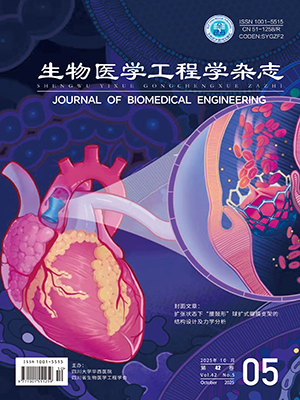How to extract high discriminative features that help classification from complex resting-state fMRI (rs-fMRI) data is the key to improving the accuracy of brain disease recognition such as schizophrenia. In this work, we use a weighted sparse model for brain network construction, and utilize the Kendall correlation coefficient (KCC) to extract the discriminative connectivity features for schizophrenia classification, which is conducted with the linear support vector machine. Experimental results based on the rs-fMRI of 57 schizophrenia patients and 64 healthy controls show that our proposed method is more effective (i.e., achieving a significantly higher classification accuracy, 81.82%) than other competing methods. Specifically, compared with the traditional network construction methods (Pearson’s correlation and sparse representation) and the commonly used feature selection methods (two-sample t-test and Least absolute shrinkage and selection operator (Lasso)), the algorithm proposed in this paper can more effectively extract the discriminative connectivity features between the schizophrenia patients and the healthy controls, and further improve the classification accuracy. At the same time, the discriminative connectivity features extracted in the work could be used as the potential clinical biomarkers to assist the identification of schizophrenia.
Citation: YU Renping, YU Haifei, WAN Hong. Research on brain network for schizophrenia classification based on resting-state functional magnetic resonance imaging. Journal of Biomedical Engineering, 2020, 37(4): 661-669. doi: 10.7507/1001-5515.201908007 Copy
Copyright © the editorial department of Journal of Biomedical Engineering of West China Medical Publisher. All rights reserved




